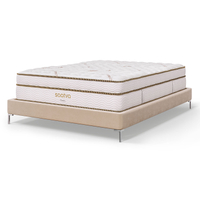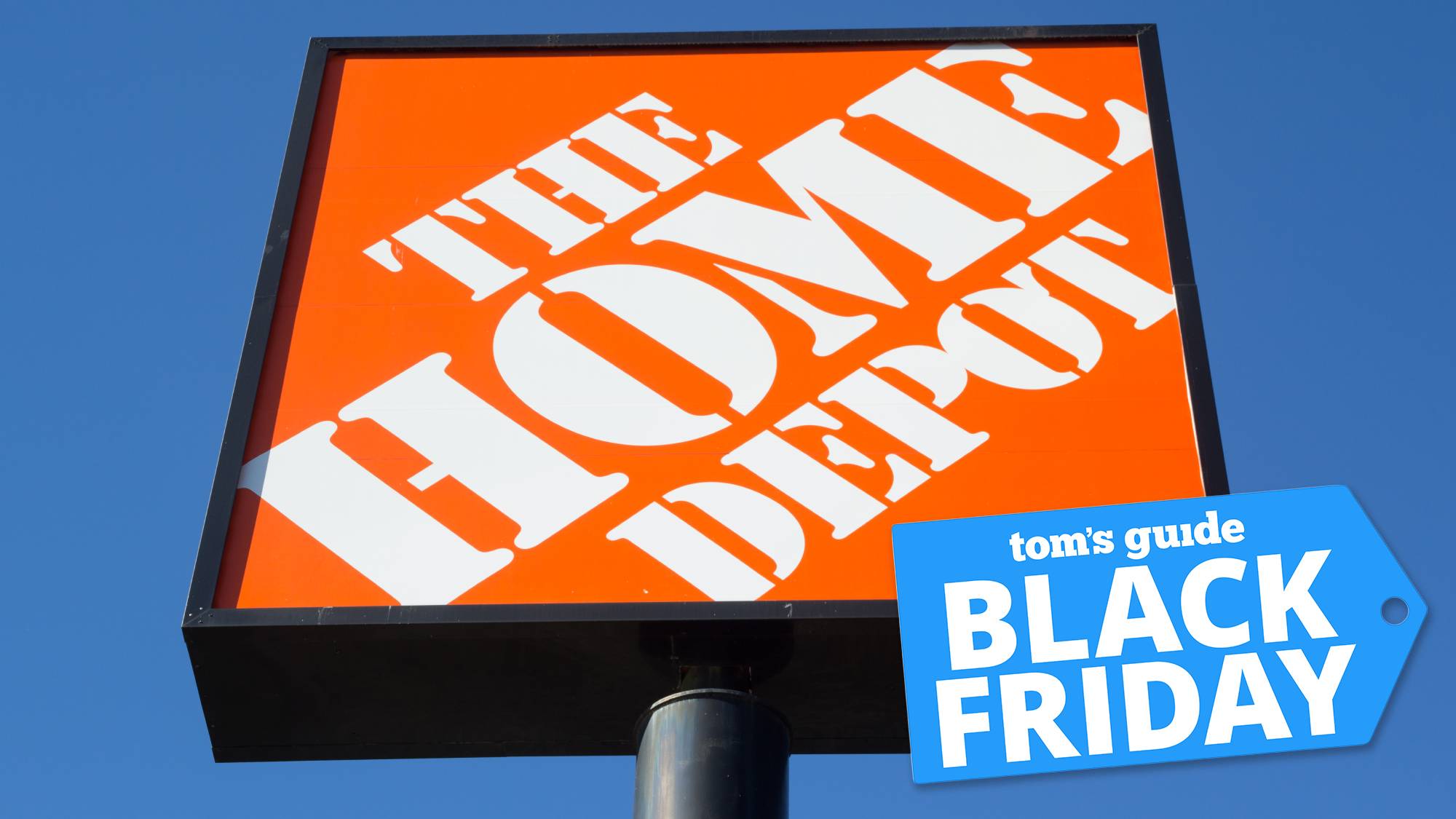Should you buy a memory foam mattress or a hybrid for side sleeping?
Both offer the pressure relief a side sleeper needs, but they feel very different to each other

Do you sleep on your side? Then you need a mattress that relieves pressure around your hips and shoulders. But are memory foam or hybrid mattresses better for side sleepers?
Generally speaking, side sleepers need ample cushioning and plenty of support, so the best mattress for you is one that reduces pressure points, offers sink-in comfort, and cradles your shoulders, hips and knees when you're lying on your side all night.
Here we explore how hybrid and memory foam beds compare for side sleepers, from comfort and support to that all-important pressure relief. We've tested all sorts of beds to find the best mattresses for side sleepers, so let's explore which is right for you...
Are memory foam mattresses good for side sleepers?
Memory foam was initially developed by NASA, before finding its way into mattresses in the 1990s. Made of polyurethane, memory foam is a versatile material but it's best known for its 'hug' — when you press into memory foam, it molds itself to your shape.
The best memory foam mattresses use this body-contouring effect to create soothing pressure relief. You'll typically find memory foam used in the upper layers of an all-foam mattress, with denser foams used beneath to add support and stability.
We often recommend memory foam mattresses for side sleepers because foam is known for its pressure relieving properties — and that's something you need when you're sleeping tucked up on your side.
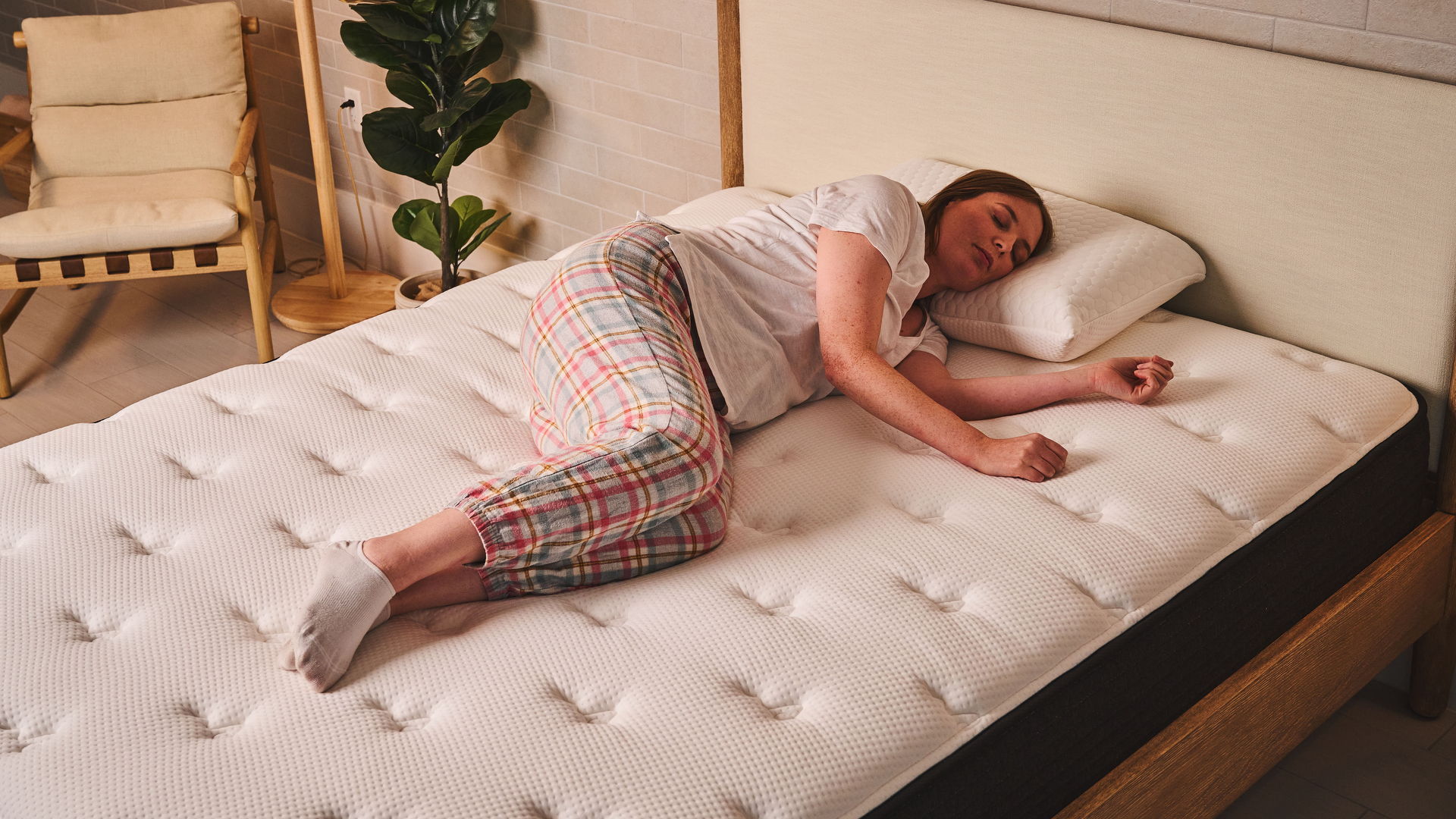
When your shoulders and hips press into a foam mattress, the cushioned comfort layers should yield gently to the pressure. This allows the weight of your body to be distributed evenly, rather than building up in one place and causing your shoulder to go numb.
However, while pressure relief is necessary, it can't be the only thing a side sleeper looks for in a mattress. It's important you still have a stable and supportive base because while you want the mattress to yield, your spine should be held at a neutral angle to prevent back pain.
Here are three all-foam mattresses we recommend buying in this month's mattress sales:
1. Nectar Classic Memory Foam Mattress: was from $1,063 now $349 at Nectar Sleep
While the Nectar Classic doesn't have as much sink as softer memory foams, the medium-firm build gently contours to the body to relieve pressure. We found this bed offers excellent value for money in our Nectar Classic Memory Foam Mattress review, and this month's best Nectar mattress sale reduces a queen size to $649 (was $1,563). You'll also get a lifetime warranty, a year's trial and free shipping.
2. Tempur-Pedic Tempur-Cloud mattress: was from $1,699 now $1,189.30 at Tempur-Pedic
In our Tempur-Pedic Tempur-Cloud mattress reviews we noted the "quicksand" feel, as you really sink into this squishy bed. The most affordable Tempur-Pedic mattress, the current 30% off sale reduces a queen to $1,399.30 (was $1,999), with a 90-night trial and a 10-year warranty.
3. Saatva Contour5 Mattress: from $1,899 at Saatva
The Saatva Contour5 impressed us with its deep pressure relief, courtesy of dense memory foam that hugs the joints. While the edge support was average for a mattress of this price, the motion isolation and temperature control impressed during our Saatva Contour5 Mattress review. It's a premium buy, but in the Saatva mattress sales you can often enjoy a discount. A queen has an MSRP of $2,999 and the benefits include a year's sleep trial, a lifetime warranty, and free mattress installation with old bed removal.
Are hybrid mattresses good for side sleepers?
Hybrid mattresses use foams and springs to create a comfortable sleep surface. The springs typically sit at the base of the bed, offering full-body support and a bouncy feel. Above the springs are the comfort layers, often including foams.
The best hybrid mattresses we've tested typically use multiple layers of comfort materials to add pressure relief to the bed. Memory foam is a popular material for these comfort layers, but other types of foams, including latex foams, can also be used. And it doesn't have to be foam; materials such as wool and cotton can also be used as comfort materials.
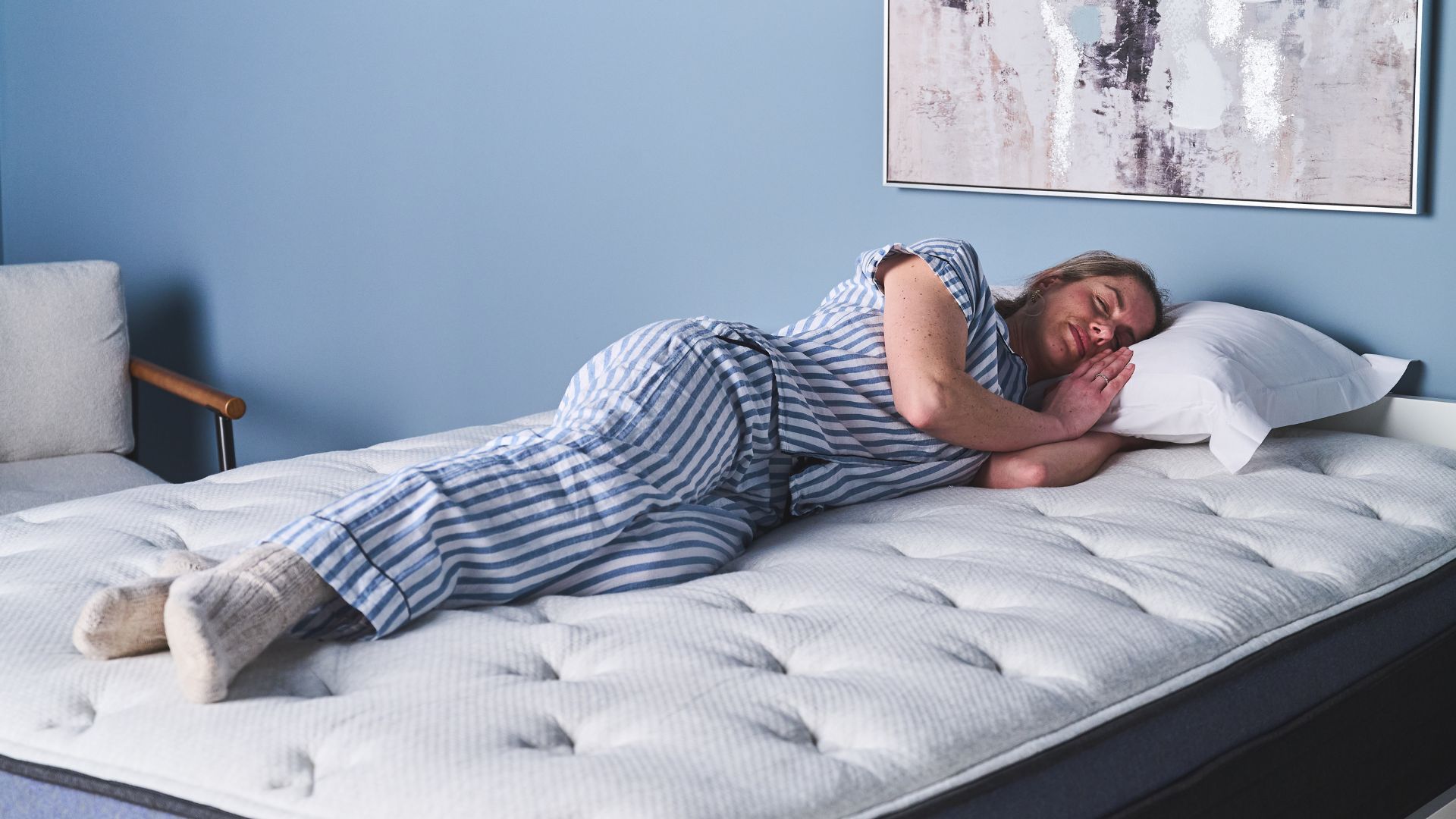
Hybrid mattresses can be comfortable for side sleepers, but it's important to ensure you're getting enough pressure relief and cushioning. A good hybrid mattress for side sleepers will have thick comfort layers on top of the springs, to absorb the pressure at the touch points.
Height is also important when choosing a hybrid for side sleepers, as the bed needs to be tall enough to accommodate the sink at the touch points. But the height can't just come from the springs — the comfort layers need to contribute a lot to the build.
However, hybrid mattresses do typically provide side sleepers with plenty of support, which is good news if you tend to struggle with back ache. In addition, the bouncier feel can suit side sleepers who like to move from one side to the other in the night.
Here are three we recommend buying...
1. Helix Midnight Luxe Mattress: was from $1,373.75 $1,099 at Helix Sleep
Our Helix Midnight Luxe Mattress review team rated this bed so highly it's now our favorite mattress for side sleepers, thanks to its luxurious pillow-top. There's 20% off at Helix currently, reducing a queen to $1,899 (was $2,373.75) but if you aren't in a rush to buy, consider waiting as we predict the best Helix mattress sale will arrive during Black Friday.
2. Leesa Sapira Hybrid Mattress: was from $1,349 $1,079 at Leesa
The gentle contouring of the Leesa Sapira is ideal for side sleeping, and the motion isolation was anohter high point in our Leesa Sapira Hybrid Mattress review. You can save 20% at the moment — a queen is $1,599 down from $1,999 — but wait around to Black Friday and we expect to see an even bigger saving.
3. Saatva Classic Mattress: was from $1,395 $1,095 at Saatva
The Saatva Classic comes in three firmness levels, to suit pretty much every sleep style. Side sleepers should consider either the Plush feel or the Luxury Firm we tried in our Saatva Classic Mattress review. It's a premium bed, a queen is $1,795 (down from $2,095), but it might be worth the investment.
Memory foam mattress vs hybrid: Which should you buy for side sleeping?
Buy a memory foam mattress if...
✅ You like a full body hug: Memory foam mattresses are known for their embracing feel, so opt for this build if you like to feel cradled in a side sleeper position.
✅ You have a lightweight build: Lightweight side sleepers typically need a softer mattress, and a plush memory foam mattress will yield to even small bodies. Soft mattresses for side sleepers often suit those with small builds.
✅ You share a bed: All-foam beds are excellent at motion isolation, absorbing movement so it can't travel across the mattress. If you're a side sleeper sharing with a restless partner, consider an all-foam bed.
Buy a hybrid mattress if...
✅ You need plenty of lumbar support: The spring layer in a hybrid mattress often lends these beds better spinal support, preventing an aching back in the morning.
✅ You prefer a bouncier feel: Tall coils give hybrid mattresses a more responsive, bouncy feel, which can be particularly good for side sleepers who like to move around in the night.
✅ You sleep hot: Often find yourself overheating when curled up on your side? Breathable hybrid beds keep air circulating so you stay snug, not sweaty.
The bottom line...
Hybrid and memory foam mattresses both have their benefits for side sleepers, and regardless of type, we recommend choosing a mattress with cushioned pressure relief and ample support. Don't forget to factor in your other sleep preferences when making your decision, as this can help you find the best mattress in a box for your needs. Neither of these appeal? Check out our guide to latex mattresses for side sleepers.
Sign up to get the BEST of Tom's Guide direct to your inbox.
Get instant access to breaking news, the hottest reviews, great deals and helpful tips.
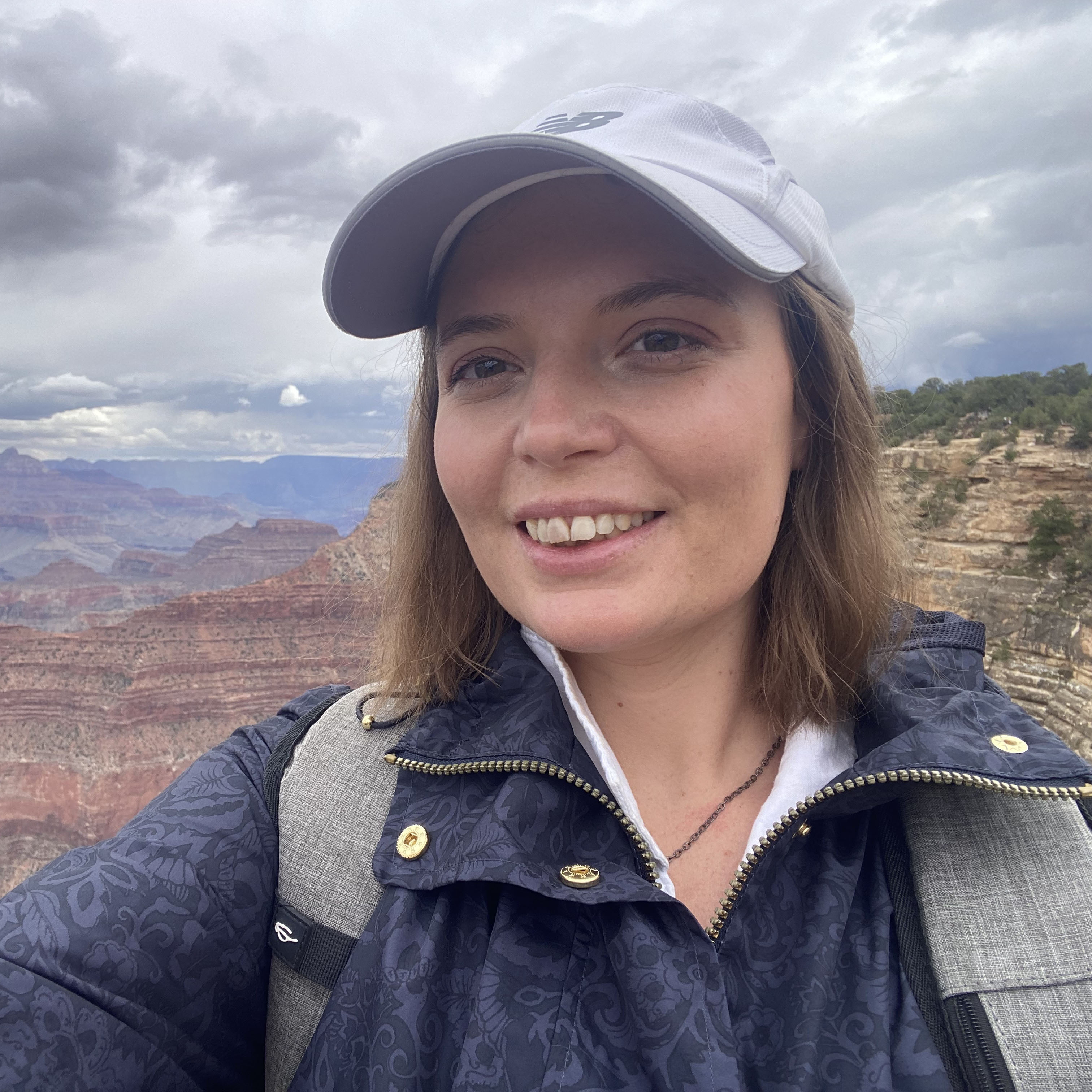
Ruth is a staff writer at Tom’s Guide, covering all things mattress and sleep. She has a deep interest in the link between sleep and health, and has tried enough mattresses to know the right bed really can make a difference to your wellbeing. At Tom’s Guide she writes to help people sleep better, from how-tos to the latest deals to mattress reviews, and has interviewed an array of specialists who share her passion. Before joining the team at Tom’s Guide, Ruth worked as a sleep and mattress writer for our sister website, TechRadar.





